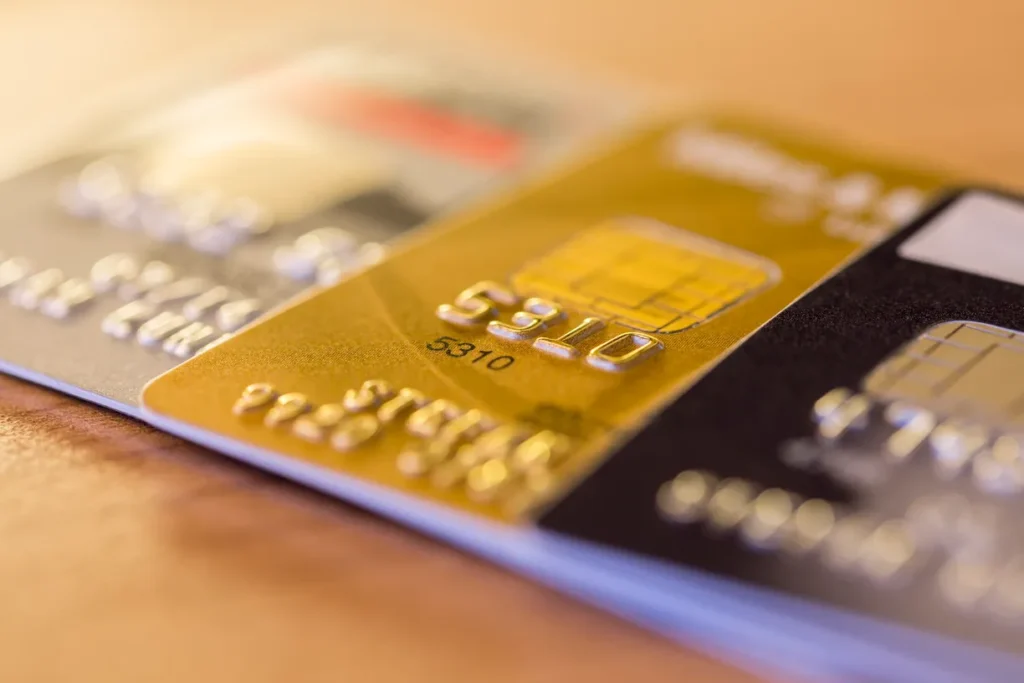In recent years, a subtle yet powerful shift has emerged in how Americans shop: credit card companies are becoming unlikely allies of local markets. Once seen as the domain of chain stores and online giants, rewards cards are now nudging consumers toward smaller, neighborhood-based businesses.
Whether through bonus points, cash back programs, or exclusive partnerships, these financial tools are reshaping the local economy in unexpected ways and customers are loving it.
A new era for neighborhood spending

Major issuers like American Express and Chase have introduced incentives specifically designed to reward shopping at independently owned retailers. Some cards offer increased cash back when spending at farmer’s markets, food co-ops, or small brick-and-mortar stores.
This isn’t just about points, it’s a strategy that taps into growing consumer interest in supporting community businesses, especially post-pandemic. For many cardholders, this has transformed routine grocery runs into purposeful spending that strengthens their local economy.
Credit card perks tailored for local impact
The perks tied to local shopping aren’t just a feel-good gesture they’re becoming a serious reason to swipe. Chase’s Freedom Flex and Discover’s rotating category cards often include quarterly bonuses on purchases from small businesses. Meanwhile, Amex has rolled out Shop Small campaigns that directly promote local merchants.
These offers provide practical savings while subtly reshaping consumer behavior. The result? More foot traffic at local vendors and a meaningful sense of support from customers who otherwise might have shopped online or at big box stores.
Boosting visibility for smaller merchants
For independent business owners, participating in credit card reward ecosystems means more than just extra sales, it’s a marketing advantage. Being featured in a card’s bonus category or promotion can drive exposure among thousands of new customers.
Some platforms even provide merchants with branded materials and online listings that tie them into broader campaigns. This visibility, previously reserved for major chains, helps level the playing field, allowing small businesses to thrive in a competitive retail landscape.
Financial education meets community engagement
One of the surprising side effects of these initiatives is the uptick in financial literacy. As cardholders learn to optimize their rewards, they’re also gaining insights into budgeting and strategic spending. When consumers realize that buying local doesn’t just benefit their community but also their wallet, they’re more likely to make smarter, intentional choices.
Credit card companies have tapped into this by offering tools, apps, and content that encourage thoughtful financial planning alongside local engagement.
Practical tips for shoppers
If you’re looking to take advantage of these trends, start by reviewing your card’s reward structure. Many apps or dashboards allow you to track bonus categories in real-time. Seek out cards that highlight local shopping, like Amex Blue Cash Everyday for U.S. supermarkets or Chase cards with rotating small business bonuses.
Combine this with apps like Yelp or your credit card’s merchant locator to find qualifying spots nearby. A little planning can turn your weekend market trip into a chance to save money and make a difference in your neighborhood.
A win-win model for the future
As digital payment methods evolve and customer loyalty becomes more experience-driven, credit card companies are doubling down on initiatives that promote local commerce. These strategies don’t just help communities, they position issuers as socially conscious brands that understand the modern consumer.
It’s a rare moment when corporate strategy, customer satisfaction, and small business growth align. And if this trend continues, the corner market might just become your card’s favorite place to reward you.
